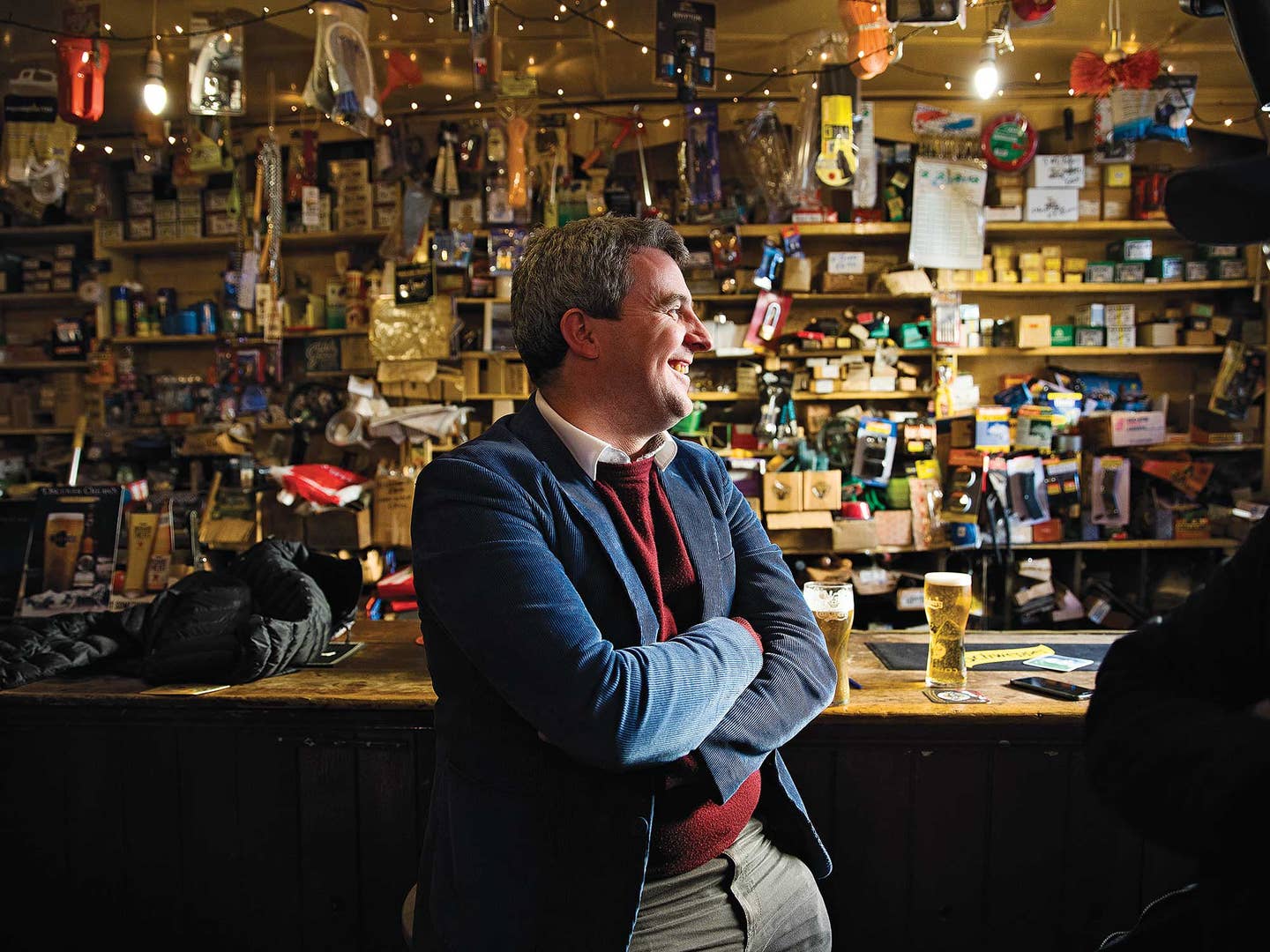
Ireland’s Dingle Peninsula Knows How to Eat
An eclectic community of chefs, poets, publicans, artists, and ice cream makers have turned a once sleepy seaside village into an unlikely food destination
There's a type of person who travels to the Dingle peninsula to build a village from scratch, one with a schoolhouse and cobblestone streets.
There's a type of person who, after leaving art school, after failing as a tailor and working with at-risk youths, moves to Dingle and, with virtually no kitchen experience, opens not just a restaurant but an ambitious restaurant with menus composed only of food grown or caught on the peninsula and in surrounding waters.
There is a type of person who gives up a successful career in the metropolis of Dublin and moves to Dingle to become a poet.
And there's a type of person who abandons New York to bring his young family to Dingle, to make ice cream from what is arguably some of the best milk in the world.
This last type, Seán Murphy of Murphy's Ice Cream, says, "There's a type of person who wants to go to a place at the end of the world, where the weather's not that good, but who appreciates the deep culture, the landscape. There's a type of person who wants that, and appreciates food. There's a sense of touching something alive and real here."
Such is the strange, ineluctable allure of place.
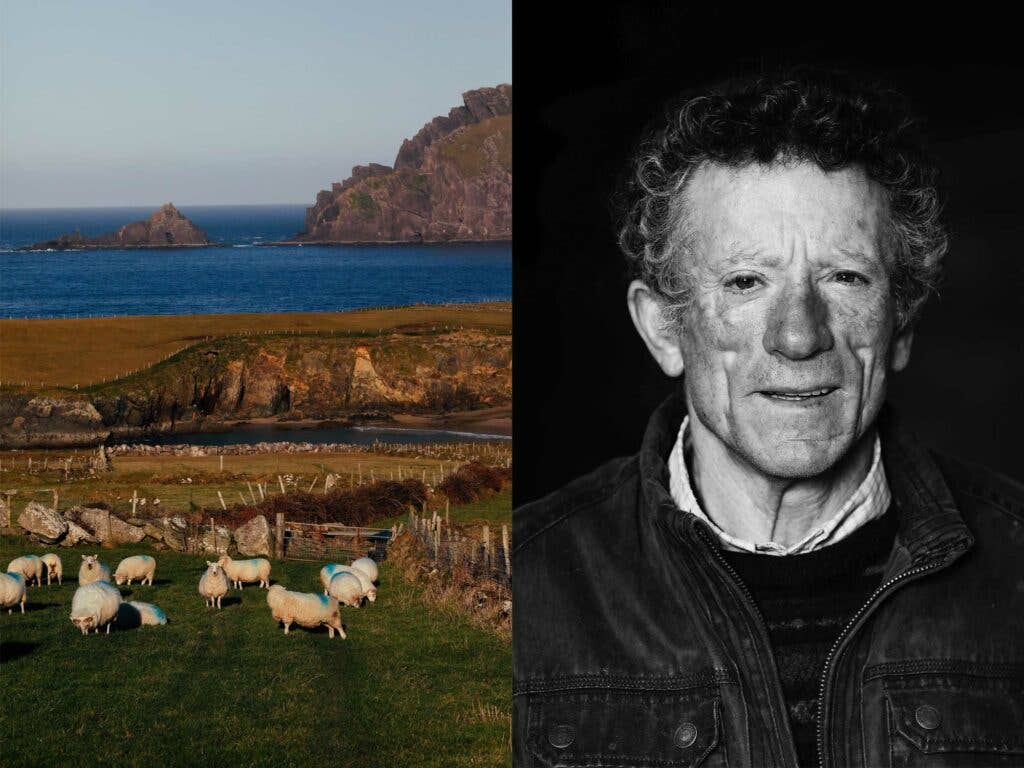
I'd traveled to Dingle simply because a friend who loves food told me, "I've just been to the most amazing food town." To which I said, "I thought you were in Ireland." To which she replied, "Yup—and it's so beautiful."
Dingle's not easy to get to—a four-and-a-half-hour drive from Dublin, or a Dublin-to-Kerry flight followed by an hour's drive along narrow roads, slowing for hairpin turns through half a dozen one-pub towns. The roads are so narrow that the passenger-side mirror regularly brushes the hedgerows and the festive red, fuchsia, and orange montbretia wildflowers. Lambs, marked with spray paint to distinguish the farmer, bleat and graze all around. Beyond the emerald pastures, sparkling blue bays and mountains.
Ireland, of course, was the country so dependent on the potato for food that when the crop failed countrywide in the mid 1800s, millions left and millions starved to death. A country once so devoid of culinary ambition that aspiring chefs in the 1980s were told to leave. Martin Bealin, a Dingle chef, recalls his cooking-school instructors' advice: "There's no future here."
Watch: The People You Meet in Dingle
But here is present-day Dingle, population 2,000, roughly four short blocks and, in the words of one traveler, "on the road to nowhere but itself." Today it is home to three dozen restaurants, a score of pubs selling craft beers and whiskeys, a culinary school, and a distillery—a town that hosts one of the country's best-known food festivals, which welcomes more than 10,000 people from across Ireland each fall.
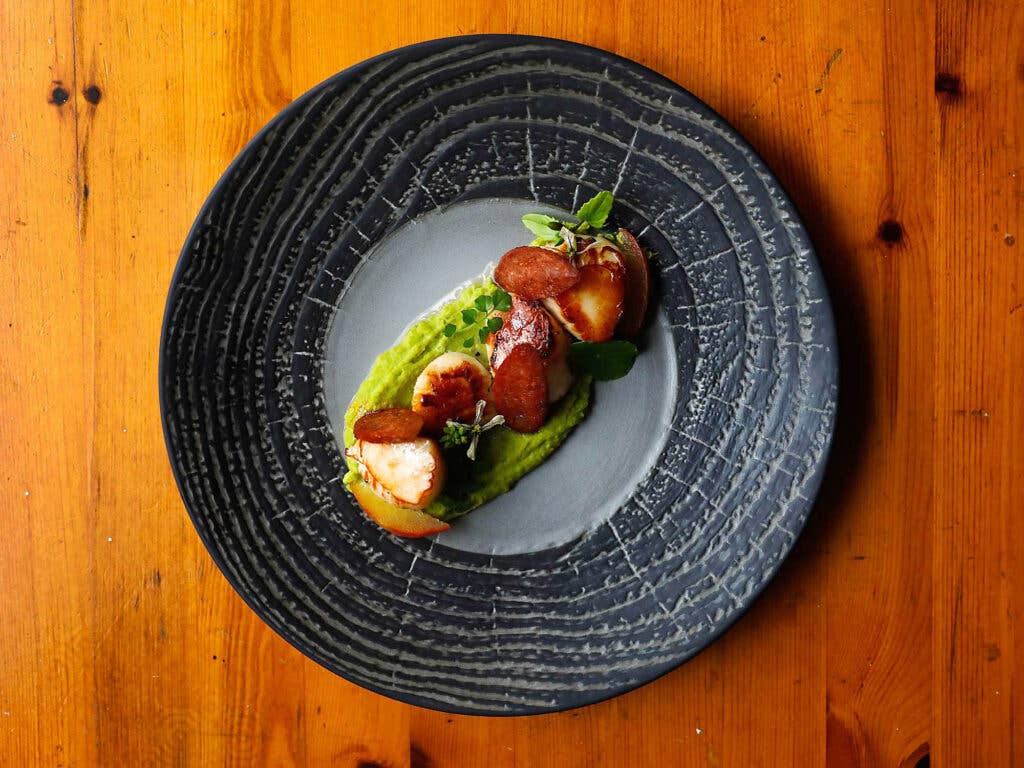
How, in this culinarily impoverished country, did such a place come to be?
Because it drew a certain type of person. Many of them, actually. Starting with one Sir David Lean.
By all accounts, the story of Dingle's rise to culinary distinction began when the Lawrence of Arabia director built a stone village on the side of a mountain to serve as the set for his movie Ryan's Daughter. The film's Academy Award-winning cinematography of blue waters crashing against sheer cliffs and green pastures and vast pure beaches was so improbably beautiful that a wave of tourists followed.
At the time, the early 1970s, it was said that Dingle contained 52 pubs and not a single place to eat. A few years after the movie's release, Johnny and Stella Doyle opened Doyle's, showcasing the pristine seafood caught off the Dingle coast.
Lean was not the last Hollywood titan to scout this remote peninsula: Ron Howard directed Tom Cruise and Nicole Kidman in Far and Away here in 1992. And J.J. Abrams chose Skellig Michael, an island off the Dingle coast and site of a Christian monastery dating to the Dark Ages whose beehive-shaped, stone buildings remain intact, to convey that remotest of places, Luke Skywalker's hidden retreat. The next Star Wars is being filmed here, too. Doyle's and the wave of forward-thinking, tourist-pleasing restaurants that followed did away with the cabbage and boiled meats of the past and began looking instead to this fertile peninsula's fabulous seafood, exquisite dairy products, and beautiful sheep that graze all over it.
Martin Bealin and his wife, Nuala Cassidy, opened their restaurant, Global Village, in 1997. It's now the city's primary anchor of extraordinary cooking.
"I was searching the world, searching for the perfect place, the perfect cuisine," Bealin, who grew up outside Dublin, said, seated in his small restaurant before service. "I'd have been quite happy to move to Australia and live there. And I came back here and realized this was it—it was right here. Ireland was the perfect place to be a chef. What about that?"
By the time his restaurant was established, it had become clear to him that not only was the seafood excellent, the mackerel and John Dory and turbot and lobster and mussels—"the boxes of stunning fish I get in through that door every evening, it's as good a quality as anywhere I've worked in the world"—but also the produce that could be grown in this temperate climate turned out to be far more diverse than cabbages and potatoes. "Lettuce and asparagus and onions," he said. "It jumps out of the ground."
All the cattle and lambs grazing on the hillsides are grass-fed, not because that's the trend but because, well, why would a farmer feed them anything else? Look at the grass growing everywhere. It is self-evident. To claim that your meat is grass-fed, or that the butter came from grass-fed cows, simply sounds ridiculous here.
Because it has become an eating destination, you can travel 2,000 miles from New York City to sit in Curran's, one of the most picturesque and pleasurable pubs in the town, only to listen to four young travelers discussing stops on the Port Washington line of the Long Island Railroad. Then again, you might also strike up a conversation with a woman named Dairena Ní Chinnéide, the aforementioned type of person who quit her job as a television producer in Dublin and moved to Dingle to write poetry, working in her native Irish tongue and translating the work into English. Nine volumes of it, plus short stories and radio plays.
When asked, "Why Dingle?" Chinnéide replied, "What can I say? It's just magic."
A few doors up from Curran's, Kennedy's sells County Kerry's most limited local microbrew, made by Adrienne Heslin, the first female microbrewer in the country who is also a publican (and a sculptor). She crafts her beer with local waters and flavors it with local flora: elderflowers, rose hips, blackberries, black currants, and, occasionally, tree bark.
"The idea is to put the geography of here into the bottle," she told me as I downed her fabulous porter, one of nine beers she makes, at her Brick's Pub on the opposite side of the peninsula.
From here, it's just a few minutes' drive to Sophie Seel's small organic farm and garden, exploding with vegetables. Seel created the garden exclusively to serve Bealin's restaurant. And she grows beautiful lettuces, favas, peas, corn, and chiles for one of the town's, if not the country's, most unlikely chefs, Kevin Murphy.
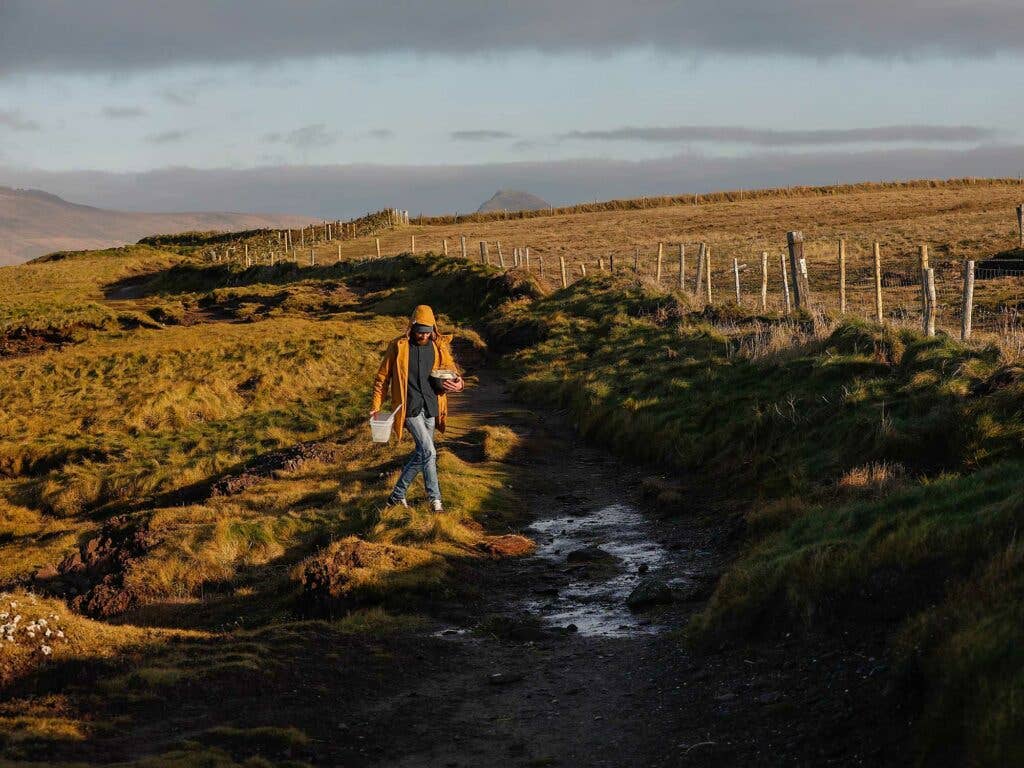
"I had a two-week stage before I even knew what a stage was," said Kevin Murphy (not to be confused with Seán or Kieran Murphy, the ice cream makers, or Mark Murphy, who runs the Dingle Cookery School). A distinction must be made, and it's one that Murphy has tired of, as it's been addressed often in Irish media: his lack of formal training. I've been writing about chefs for more than 20 years, and I've met scores who have had no formal training. What this has always meant, though, is that rather than going to culinary school, they worked their way up through a series of kitchens until they knew enough and had developed the skills and knowledge to open their own place.
Murphy didn't even do this. Pretty much all he had learned was what he'd been able to pull from books and his two weeks as a stagiaire—and not at a Michelin-starred restaurant, but the restaurant of his uncle's brother-in-law three hours away. That brief apprenticeship, plus years of cooking out of books at home and for his friends on beaches and in the mountains, was all he figured he needed to open an uncommonly ambitious restaurant, Idás, which aims, he says, "to put this peninsula on a plate."
Murphy, now 40, opened Idás in June 2014. Word of mouth spread so quickly that within 10 months a Michelin critic paid a visit and included it in the influential guide of recommended restaurants. "I didn't really know what that meant," he said. "It's just what one guy thinks. I care more about what I think." Martin Bealin knew that this was cause for celebration—and he left his restaurant to find Kevin and congratulate him in person.
I can best describe Murphy's approach through a single dish, the first of an eight-course tasting menu: A dashi-like broth made from local seaweed, mushrooms, scurvy grass, and marsh samphire is presented in a bowl made by a local artist using local clay. Beside it rests a plump, raw, local oyster. Our server instructed us to slide the oyster into the hot broth. The broth tastes freshly of the sea, its heat intensifying the sweet-savory flavor of the oyster; the mushrooms counter the sea with their earthiness; and the scurvy grass, foraged earlier in the day in the sandy undergrowth of a nearby beach, adds a subtle, wasabi-like spice.
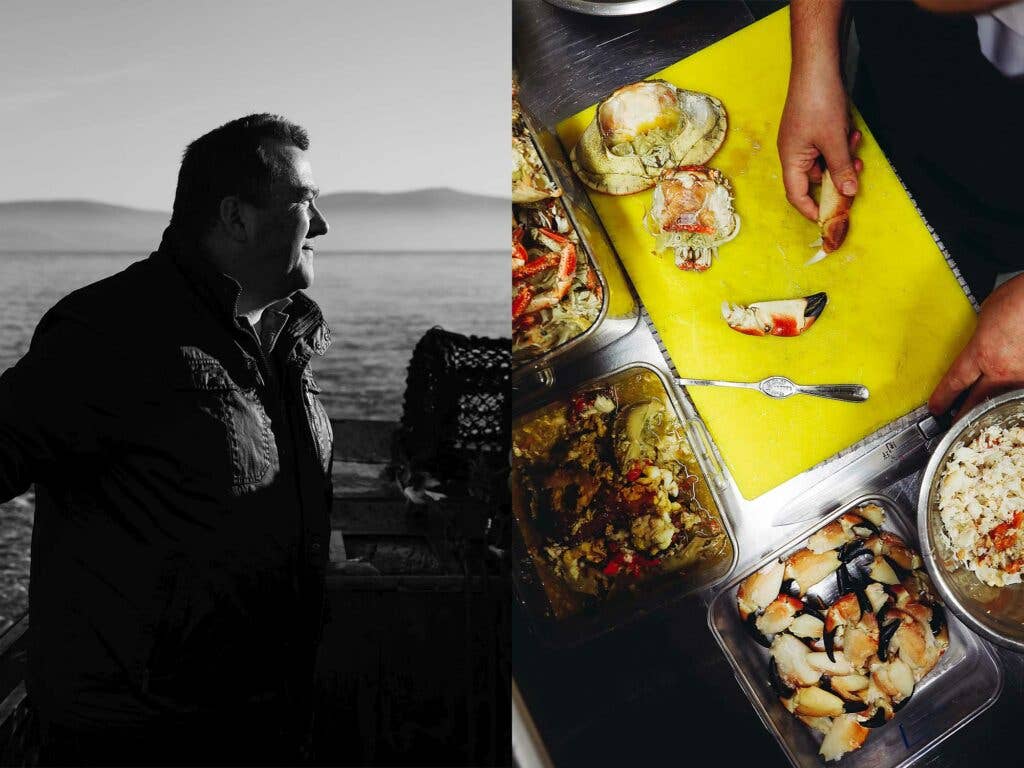
On the menu, it's simply "Foraged broth of land and sea, Glenbeigh oyster." In your mouth it's much, much more.
As is "Brill, whey, coastline": Crispy-skinned turbot, with tender potato spheres dusted with a peppery dried seaweed, is served on a delightfully tart beurre blanc whose base is the whey left over from the kitchen's cheesemaking. Sweet mussels and the salty rock samphire, which Kevin foraged himself, bending precariously over a 100-foot cliff, added sweetness and spice.
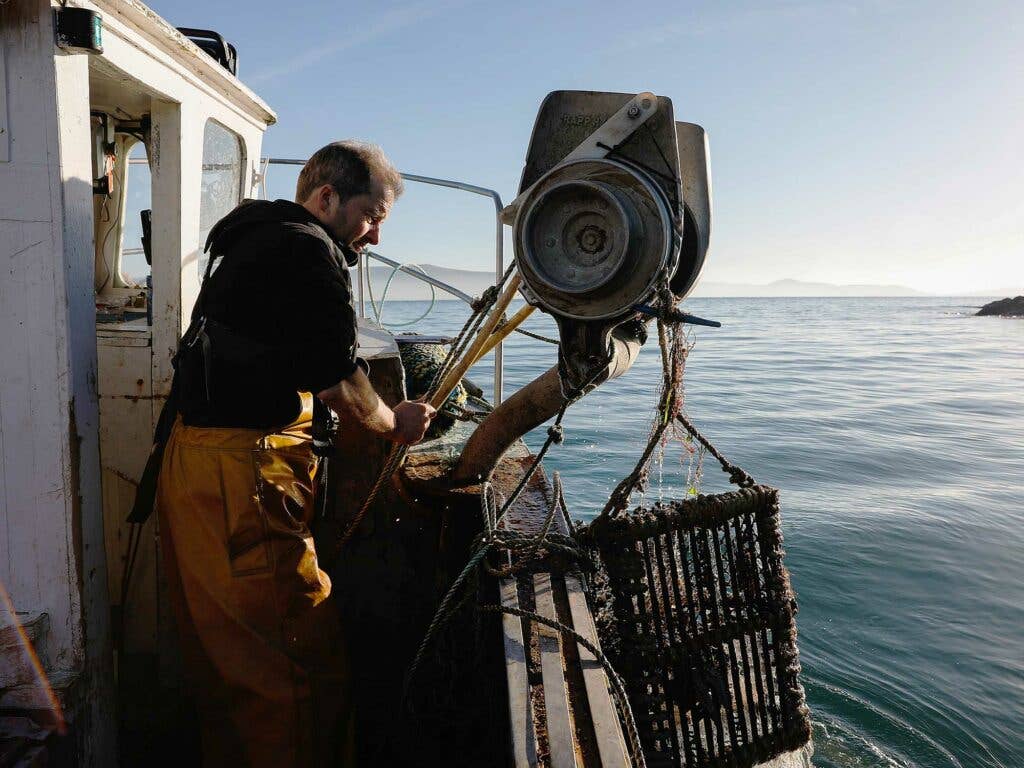
One of the most surprising dishes I ate in Dingle came from Bealin at his Global Village. When the server set the dish down and said, "Mackerel three ways," my toes curled. I am not a fan of oily, fishy-tasting fish, and mackerel is the king of oily, fishy fish. Now I had to eat it in three ways—as a thick velouté sauce; as a pâté; and as a crispy-skinned fillet. I started with the fillet—and was astonished. It was a delight, rich but fresh and clean. I'd never tasted mackerel like it.
Bealin explained that mackerel must be prepared within 24 hours of being caught. But equally important was the month: We were there in summer when warmer waters mean the fish generate lower concentrations of oil. It was a revelation, and thanks to Bealin and Dingle I have now become a seasonal mackerel snob.
Of course there are many more terrific restaurants, such as Out of the Blue, Ashe's, and the Chart House, all within a few minutes' walk of one another. And if you see crab thumbs offered anywhere, don't pass them up. Called órdógs in Irish, which translates as thumbs, these are plump crab claws that arrive shelled, with the small pincer still intact to serve as a kind of handle with which to eat these butter-soaked nuggets. Better than any stone crab I've had—better than any crab I've had, period. And Dingle is a lovely walking town, with a terrific bookstore and Dick Mack's, a pub with an extensive selection of both whiskeys and rain boots, all across from St. Mary's church and around the corner from another pub, Foxy John's, that doubles as a hardware store. Have a sandwich or some cheese from the Little Cheese Shop, then stroll down the road to Murphy's for some butterscotch or gin-and-tonic ice cream, made in Dingle from the raw milk of Kerry cows. It's fabulous. But even the Texaco here has good food. Yet to drive the peninsula is to be reminded that this is an ancient place as well, with ruins and beehive huts dating to the sixth century a.d., and the hillsides are visibly ridged with the former potato rows, now referred to as famine fields.
On one of my final nights, I was invited to a party at the home of a woman who lives part-time in Dingle, Colleen Grace Herlihy. Her backyard looked out over the choppy Atlantic, and in the distance was Skellig island, where Star Wars was filmed. She served local fish and local cheeses, and someone had brought a couple of bottles of superb gin from the Dingle distillery a mile up the road and flavored with local botanicals, rowanberries, fuchsia, hawthorn, and heather. Herlihy, an American, is perhaps the purest expression of the type of person you'll meet in Dingle.
In 1974, traveling with her friend after college, Eurail passes in hand, she planned on spending four weeks on the continent, and two in Ireland. After four weeks on the continent, she arrived in Dingle and stood on the broad expanse of Inch Beach, her breath taken. She called her parents from the town's single phone booth to tell them she wasn't coming home. Here she would stay. And so she did, working at a local pub for six pounds (and one bath) a week, free room and board, and all the Guinness she could drink.
I'm the type of person who travels to a town I'm curious about and then never feels the slightest inclination to go back. Too many places to see in one short life.
But Dingle changed that. I'm already planning to return next summer. Why do I feel this way? I've been wondering. Perhaps because, like filmmakers and chefs and poets before me have found, Dingle and this peninsula, with its deep history, awe-inspiring vistas of mountains and sea, its food and generosity and powerful spirit, has the power to transform.
Now Get in the Kitchen
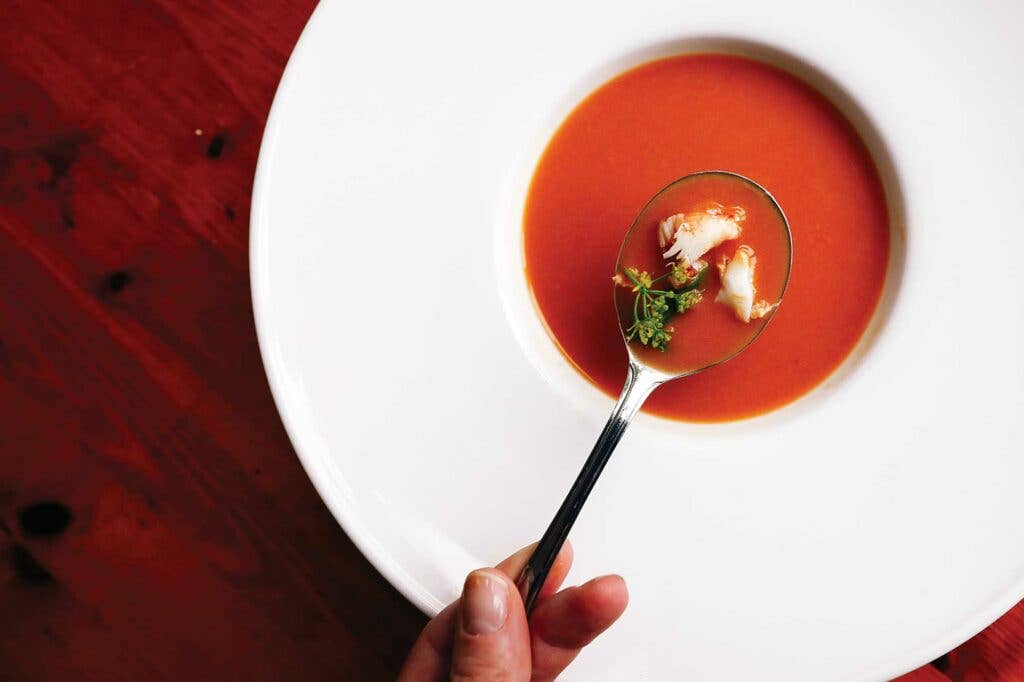

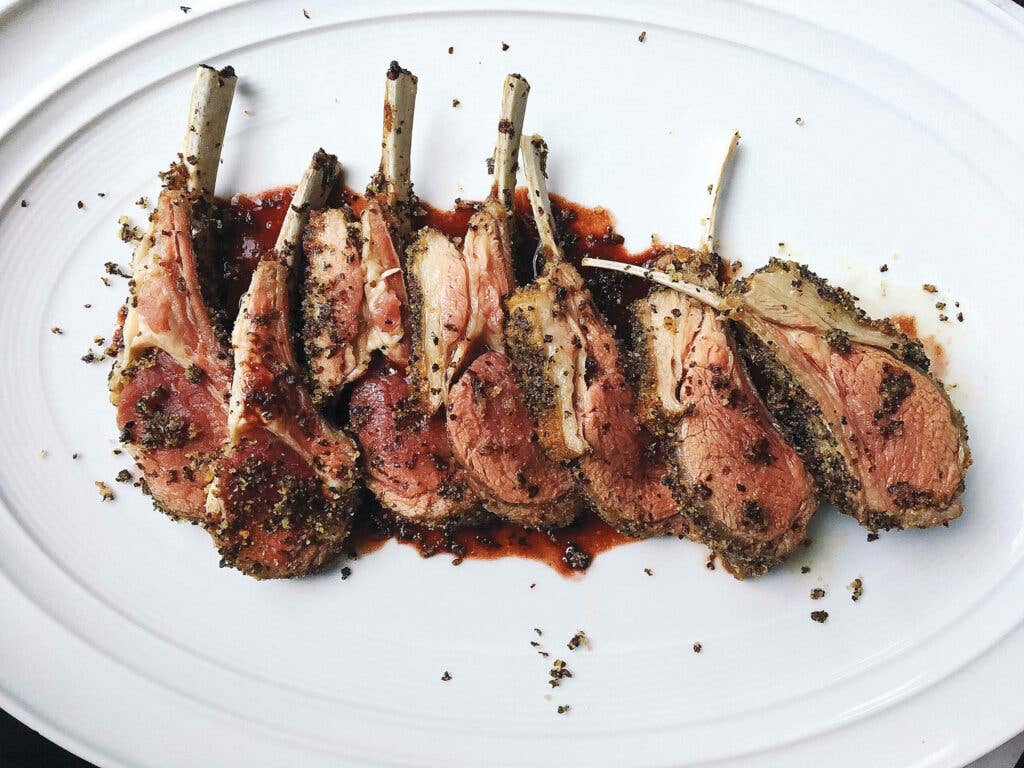
Keep Reading
Continue to Next Story










